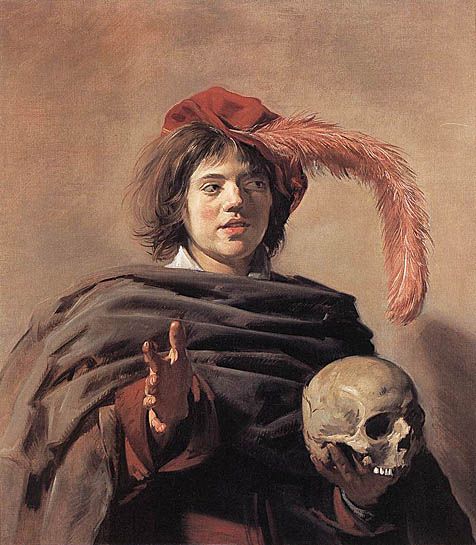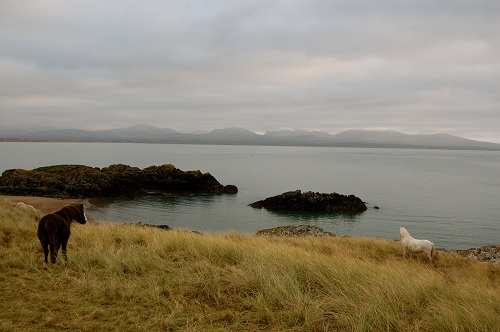My recent trip to the Virginia Quilt Museum in Downtown Harrisonburg was an incredible experience that I will not soon forget. The museum, founded in 1995, states that its mission is “to cultivate and preserve the quilting arts in Virginia,” and its quilt exhibits range from historical, modern, art, and traditional categories. The exhibits are swapped out roughly three times a year. The Quilt Museum offers various programs and events, as well as special tours. It is located in the historic Warren-Sipe House, built in 1856 and situated at 301 South Main Street.
I visited the museum in the hopes of viewing and reviewing the “OURstory: Human Rights Stories in Fabric” exhibit for a public history assignment. The exhibit opened on January 10, 2023, and will close on March 22. The collection from which the exhibit pulls from, was created by Susan Miller-Jones in 2017 and is the result of a fiber art challenge organized by Jones in response to the 2016 US election. Jones’s “concern for the rights of marginalized communities” after the election of Donald Trump served as her motivation for compiling the quilts. 46 artists from 6 different countries contributed to the collection.
The exhibit displayed at the museum comprises 30 pieces of the 62-piece collection. The purpose of the “OURstory” exhibit is to move viewers through the portrayal of human rights figures, events, and stories, and to inspire hope and change for the future. The pieces selected for the exhibit are primarily concerned with the history and the current state of human rights in the US, but also include pieces reflecting the same subjects from an international lens. The quilts are displayed on the walls of a room on the third floor of the museum, each quilt with an accompanying 1-to-2-page description by the creator, along with their names and where they’re from.
Visiting the exhibit was surprisingly emotional for me, with the quilt entitled “Tom’s Bridge” by Polly M. Davis actually bringing me to tears. The quilt is representative of the story of Davis’s brother Tom and his experience as part of the LGBTQ+ community before his untimely death due to cancer. Davis’s quilt shows a rainbow-clad figure diving off of a bridge covered with anti-LGBTQ+ graffiti, and in the foreground of the scene depicted is a large stop sign, also graffitied so that it reads “STOP THE HATE.” In her description, Davis writes, “This quilt shows him doing a beautiful swan dive into the water he loved. He can swim as far and as long as he wishes now. He’s on the other side of all the hatred this world throws at the LGBT (etc.) community, and he is free.”
Several other quilts that caught my eye included an intricate and gorgeous piece entitled “April 27, 1994: Mandela Votes” by Margaret Williams, a quilt called “All I Want is Education” by Kay Benedict with the likeness of human rights hero Malala Yousafzai, and “Jesus Wept” by Michelle Flamer, representing the horrific explosion on September 15, 1963, at 16th Street Baptist Church in Birmingham Alabama triggered by white supremacists and killing four young black girls, and injuring many more congregants. There were many, many more pieces that are worthy of highlighting. I believe that anyone who views the exhibit and is willing to be open to each quilt’s story will find at least one that speaks to them and their experience.
I chose to visit the Virginia Quilt Museum for my assignment both to avoid going to one of the more local museums that I’ve been to countless times since my childhood, and simply because it was a quirky date for my partner and I to go on, but it ended up being an amazing experience. I highly recommend looking into the “OURstory” collection, and visiting the museum if the opportunity presents itself.



